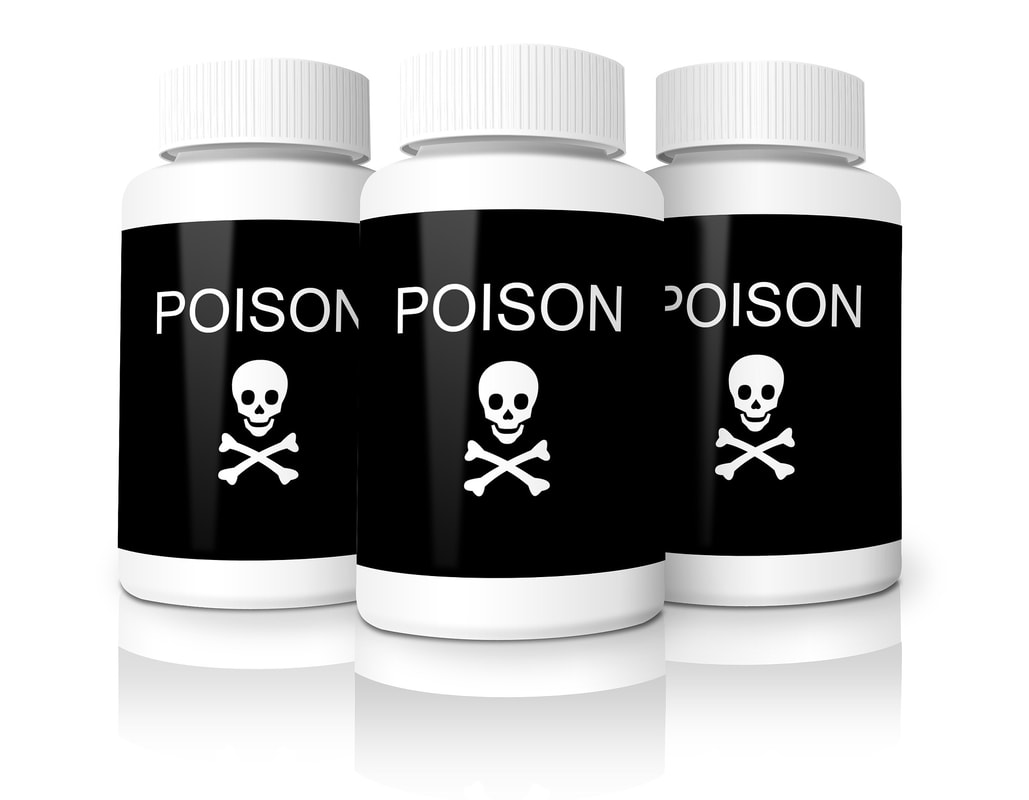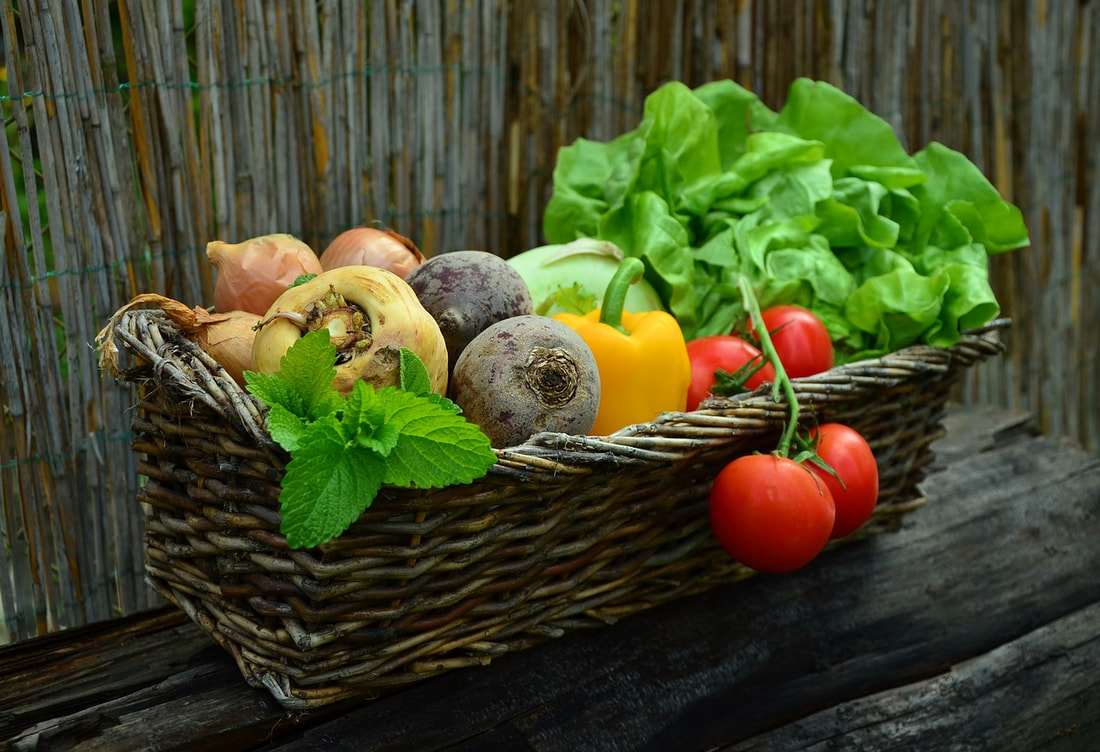0 Comments
Mercury Toxicity and How It Affects Energy, Nervous System and Cholesterol by Sheila Yonemoto, PT5/29/2014  Image by Pete Linforth from Pixabay Image by Pete Linforth from Pixabay Dr. Chris Shade outlined the basics of mercury toxicity and what can be done to remedy the problem. It is my hope that I can condense his wonderful knowledge into a concise, understandable and usable format without getting too technical. Mercury toxicity presents a problem in the body because it is more binding than other metals. It never exists as a free ion and attaches itself to enzymes in the body making them inactive. It is a billion times more attaching than zinc and will bind to cell membranes including the vasculature, causing holes in arteries and triggering cholesterol production to spackle these holes. Messing with enzymes messes up the body chemistry and can cause depression, anxiety, hyperactivity, chronic fatigue and other neurological conditions. Mercury toxicity can come from coal burning, dental amalgams, vaccines, fish consumption and flu shots. Fish get loaded with mercury from coal burning fertilizing the air with mercury, which then falls to the oceans as acid rain. There are several forms of mercury toxicity with ethyl mercury being the most toxic followed by methyl mercury, as these penetrate quickly into the body. Inorganic mercury from dental amalgams, aka silver fillings, are very slow to break out. Seventy-eight percent of people have amalgams and 50% of dentists do not use amalgams. There are several ways to test for mercury toxicity. Urine tests show more inorganic mercury, such as from paint. Blood tests do not make much sense for elemental mercury vapors. Hair analysis is a good marker for methyl mercury in blood but not good for inorganic sources such as dental. Testing from various labs can differ considerably. Some tests are 50 times more sensitive than others. People with numerous dental amalgams who do not eat fish will show low mercury in the blood. People who are sickest from mercury will show lower mercury in urine because problems with the kidneys will not let mercury pass into the urine. How well you excrete mercury makes a difference in the tests. Inorganic sources, i.e. dental, are more toxic but do not accumulate well in tissues, while the organic/fish sources accumulate more. Detoxification from mercury should be done slowly, often over a period of several years, requiring several rounds of detoxification along with lifestyle changes. Some ways to consider eliminating the hazards of mercury toxicity include chelation and removal of dental amalgams which should be done under the care of experts. Other lifestyle changes that can be employed even without the benefit of testing include adding the following items to your diet: vitamin C, chlorella, N-acetyl cysteine, garlic, lipoic acid, CoQ10, astaxanthin and other powerful antioxidants, plus cruciferous vegetables such as broccoli or cabbage and also whey protein, but be sure they contain no hormones or BHT. Eating a diet high in antioxidants and low in carbohydrates emphasizing good quality proteins and good fats is highly recommended. I have found a detox diet kit that is great for helping rid the body of heavy metals, although any fasting diet will help.  Marion Michele Marion Michele Recent lectures and reading that I have done point to statistics that cognitive decline is on the rise and surpassing other ailments in costs and concern over the utilization of resources in the future. The brain and the nervous system once damaged is hard to treat and return to normal, and studies are showing that development of these structures in the womb is influenced by nutritional factors that will set the course for the individual’s life. Never has it been truer as wisely stated by Ben Franklin in his Poor Richard’s Almanac that “an ounce of prevention is worth a pound of cure.” Researchers are putting more attention on diet and how it influences health as well as expression of good genes and bad genes. It is showing more and support that you are what you eat. There are studies that are showing that the highest carbohydrate diet is linked to a 90% increased risk in dementia and the highest fat diet is linked to a 44% decreased risk in dementia. A recent study looking at 3 groups of diets, the first allowing people to eat anything they wanted, the second eating a Mediterranean diet high in lean meats, vegetables, fruits, olive oil, and the third group eating a Mediterranean diet plus extra good fats, showed that the third group had a 30% reduced risk of heart attack, stroke and death compared to the other two. The researchers ended up stopping the study since the results were so significant in preventing heart attack, stroke and death, that they wanted to make sure the other two groups could also benefit from the third diet. Another study looked at long term effects of high carbohydrate diets and found that in 10 years, diabetes and obesity tripled. Some people are considering Alzheimer’s to be a form of diabetes of the brain, which doesn’t allow the fuel of the brain, glucose, to get into the cells and hence causes death of the brain cells. Higher levels of cholesterol are also being shown to be associated with lower risk of dementia, so much so that the FDA is now requiring pharmaceutical companies to put warnings on statin medication that lowers cholesterol since these are putting people at risk for dementia. There is also an increased risk of diabetes for women who are post-menopausal who are taking statins. Statins also reduce the body’s ability to produce co-Q 10, which is important for muscle energy production, hence the warning of muscle weakness as a side effect with statins. The heart and the brain uses a lot of co-Q 10. Cholesterol is also the raw material for developing vitamin D, which is now touted as the number 1 vitamin since it is important for bone health, immune function and acts more like a hormone than a vitamin. Gluten is a pro-inflammatory protein that is found in wheat, rye, oats, barley and spelt. It has been associated with muscle cramps, bone and joint pain, leg numbness, chronic fatigue, foggy brain, eczema/rash, gastrointestinal symptoms and depression. Gluten is like glue and interferes with the intestinal tract in absorbing nutrients. Since the gastrointestinal tract is also important in producing much of the neurotransmitters that are needed for brain function, this may be one reason for foggy brain. Exercise is a great way to produce antioxidants in the body that help give a protective effect for the damaging effects of free radicals, which can damage cells, cause accelerated aging, and can contribute to inflammation. Lifestyle habits can lead to health or illness. My experience has shown that it is not easy to make changes in your daily routine, but it can be done and done with great results. Find a way to make positive steps in the right direction, no matter how small a move you make. Be consistent and surround yourself with a good support system, helpful information and keeping your motivation high. Start eating more fruits and vegetables, take more walks, laugh more often and robustly, sleep more and drink more water. Don’t wait until you “have to do something or else you will die.” Do it now, while you are in the pre-disease state. You will live healthier and happier and will live a fuller life. I recently watched a documentary called “Food Fight” and it brought up some interesting facts about MSG.
Being third generation Japanese-American, I was brought up on MSG, otherwise known as Ajinomoto. Later, I found out that this was MSG, or monosodium glutamate, and was told it was not even a food but rather a food additive that changed your perception of taste. I also learned that it was not a good thing to eat, so I quit cooking with it and tried to avoid it. From my research, I learned that the Japanese started using naturally occurring MSG from seaweed to flavor their foods in 1908. MSG started showing up in American foods from manufactured sources in the 1940s. The Japanese labeled a 5th sense “umami” from what MSG does to the taste buds. MSG is often made from fermentation of food starch from cereals or molasses that comes from sugar beets or sugar cane. MSG stimulates taste, smell and hunger. In 1968, Dr. John Olmey was doing research on MSG in mice and found that all mice fed MSG became grossly obese. Mice are often used in studies since they react similarly to human beings. MSG causes a 40% increase in appetite in mice and all mice who ate MSG became obese. It is believed that human sensitivity to MSG is 5 times greater than mice and 20 times greater than rhesus monkeys. In the documentary “Food Fight,” they state that MSG is found in 85% of all processed foods and this food additive is probably meant to encourage eating and thus contributes to weight gain. Only about 15% of the population is sensitive to MSG and the symptoms produced by ingesting MSG are short lived. MSG has 1/3rd the sodium of table salt. MSG originally came from seaweed in its natural state, but now most MSG is manufactured. Other foods with naturally occurring MSG include ripe tomatoes, Parmesan and Roquefort cheeses, mushrooms, peas, broccoli and corn. Symptoms of MSG sensitivity include numbness and pressure in the face, heart palpitations, chest pain, nausea, vomiting, headaches, sweating, wheezing, shortness of breath, throat swelling, asthma and burning sensations. Foods that commonly have added MSG include canned soups and vegetables, frozen foods, processed meats, sausage, fast food, Asian food, chips, artificial cheese flavoring, onion soup mix, bouillon, snack crackers and salad dressings. Be aware that MSG is also known by other names such as glutamate, monosodium L-glutamate, L-glutamic acid, monoammonian L –glutamate, monpotassium L-glutamate, yeast extract, hydrolyzed protein, caseinate, natural flavors, vegetable protein extract, gelatin, malted barley, maltodextrin, modified food starch, textured protein and caramel. Most processed foods contain MSG. The obesity problem in America is serious and MSG in processed foods may be one contributing factor. Eating fresh, organic, naturally raised meats, vegetables and fruits may be our best bet in combating obesity and other health problems. Strength training is used more today to round out exercise regimes, especially for the “Baby Boomer” population. This addition compliments the previous focus on cardiovascular fitness programs. Evidence shows that strength training is not only good for activities of daily living, but also improves balance and helps with weight management and memory. Muscle strength involves coordination of nerve messages getting to the individual muscle fibers, which requires chemical messengers called neurotransmitters to link muscle and nerve function. Weight/strength training stimulates the production of these neurotransmitters, which also may boost memory.
Some of my patients are taking responsibility to keep themselves fit with a daily exercise routine but find that they are injuring themselves with the same routine they have done for years. Upon questioning, we find individuals are doing weight lifting of only certain muscles around a particular joint, usually the areas of the body that are easily seen. In doing so, imbalances can develop. Some people try to progress with their programs quicker than their bodies can handle. Some start off at too heavy a load and try to push through the exercise despite what their body says. Others do techniques or exercises with a higher risk for injury. Still others take statin drugs to lower their cholesterol but are not taking Co-Q 10 which gets depleted when taking statin drugs, thus reducing the body’s ability to produce muscle energy. Plus, add in the aging factor where muscle mass and strength decrease with each decade of life. Most people who do weight training know that exercise is done gradually and every other day to allow for the muscle fibers to build with a day of rest between workouts. It is important to understand the different types of workout routines depending on your goals, whether to tone, bulk, increase strength or increase stamina. Muscles are made up of different types of fibers; some are better suited for strong bursts of energy and others better suited for endurance activities. People have different ratios of each of these fibers, so that is why some people are better at long distance running and others are better at sprints. Nutrition can make a difference in how muscle performs. Many books have been written on the subject, specific for various types of athletic events. For the majority of us who just want to stay standing and functional for as long as we can as we age, there are simpler guidelines to follow, but it may help to get some guidance with an exercise program if you feel you are straining, plateauing or have gotten into a rut. Changing a routine may enhance brain function and muscle efficiency and get you to a new level with less risk for injury. |
Sheila’s BlogI focus on the topics you care about most. Categories
All
Archives
February 2022
|
|
55 S. Raymond Ave. Suite 100
Alhambra, CA 91801 Main Phone: (626) 576-0591 Alternate Phone: (626) 538-3966 Fax: (626) 576-5890 Email: [email protected] |
© 2015 Yonemoto Physical Therapy. ALL RIGHTS RESERVED.
|



 RSS Feed
RSS Feed